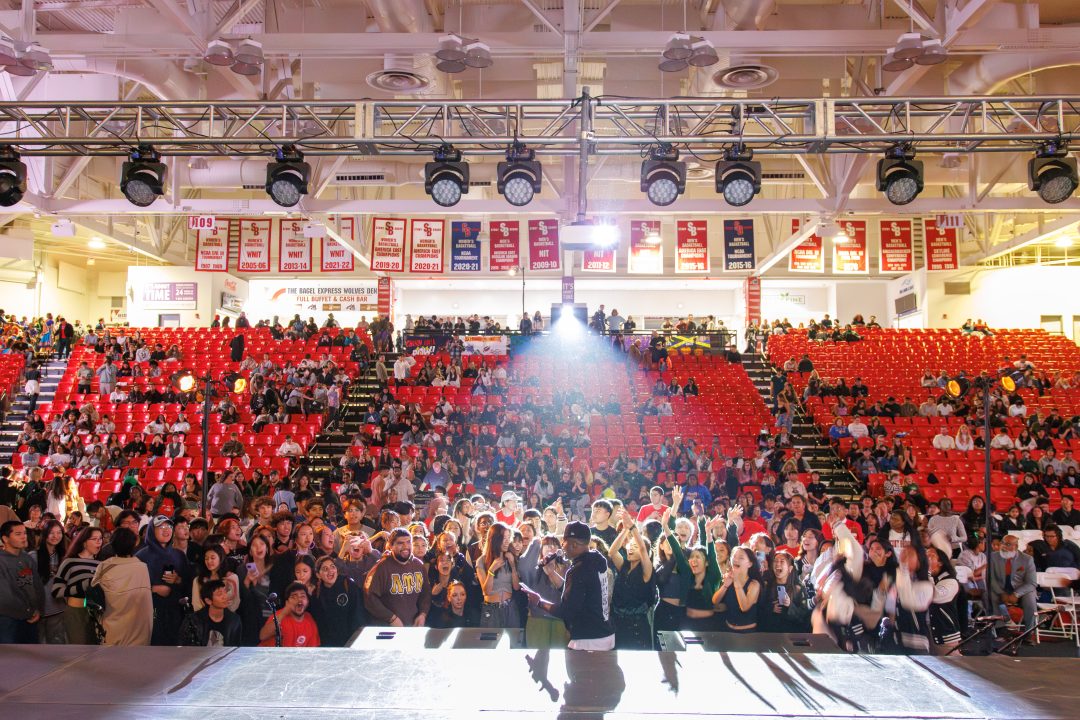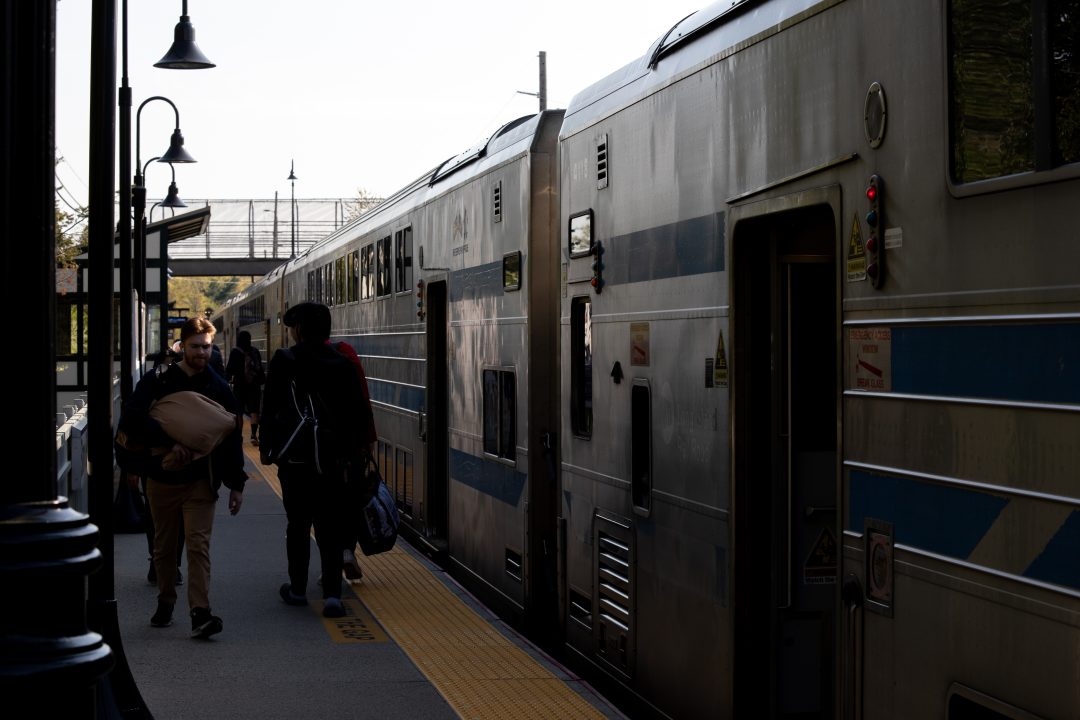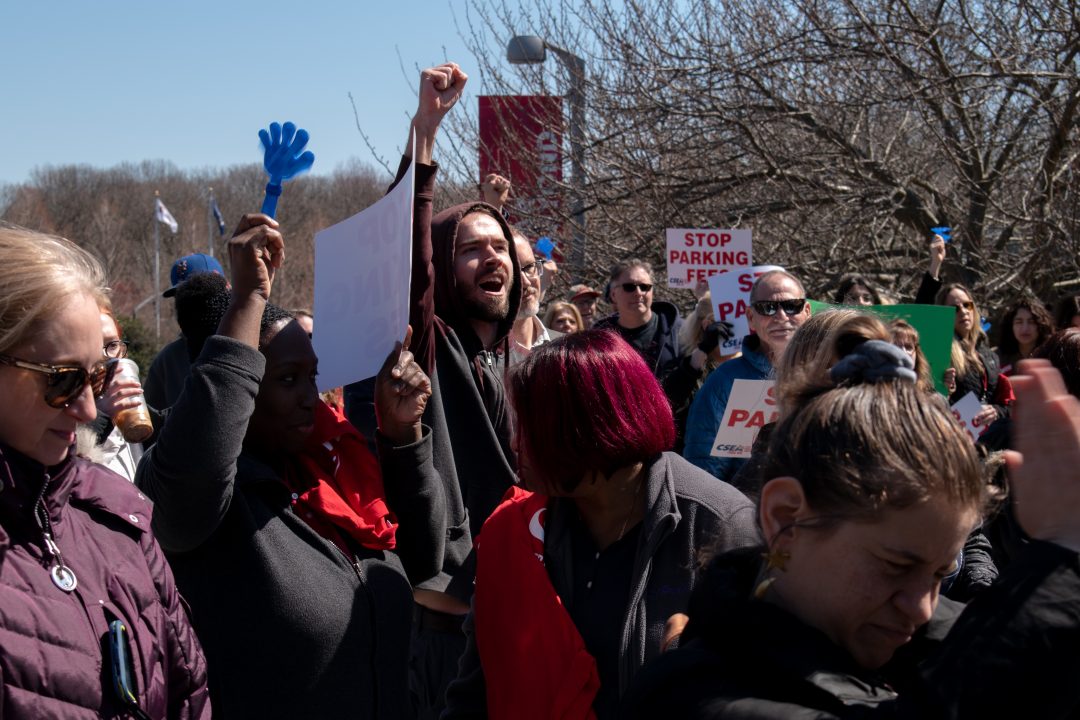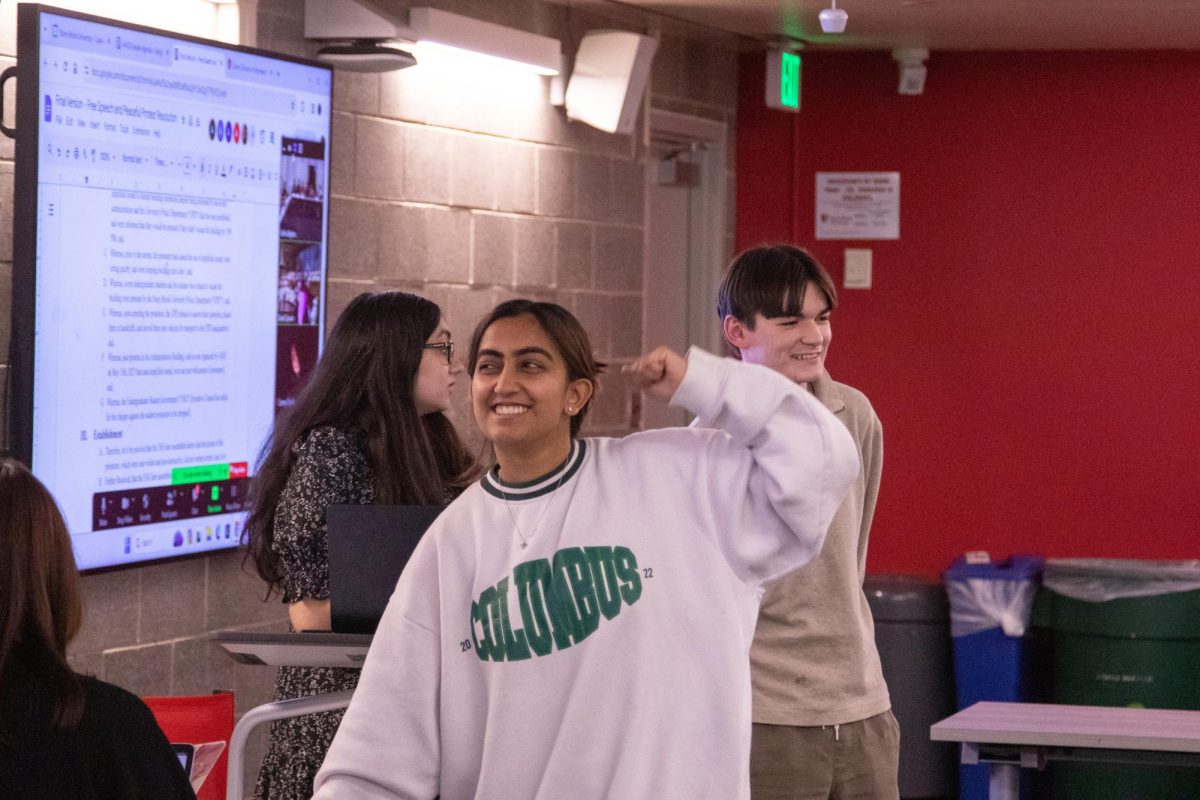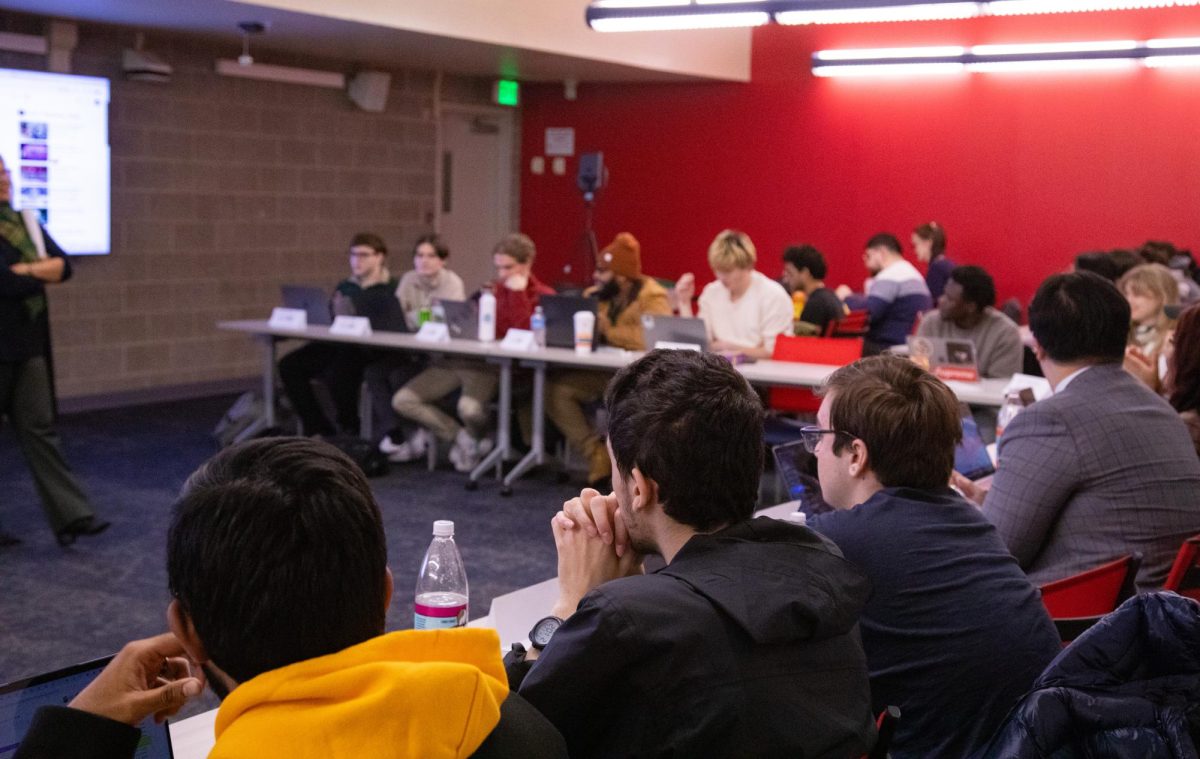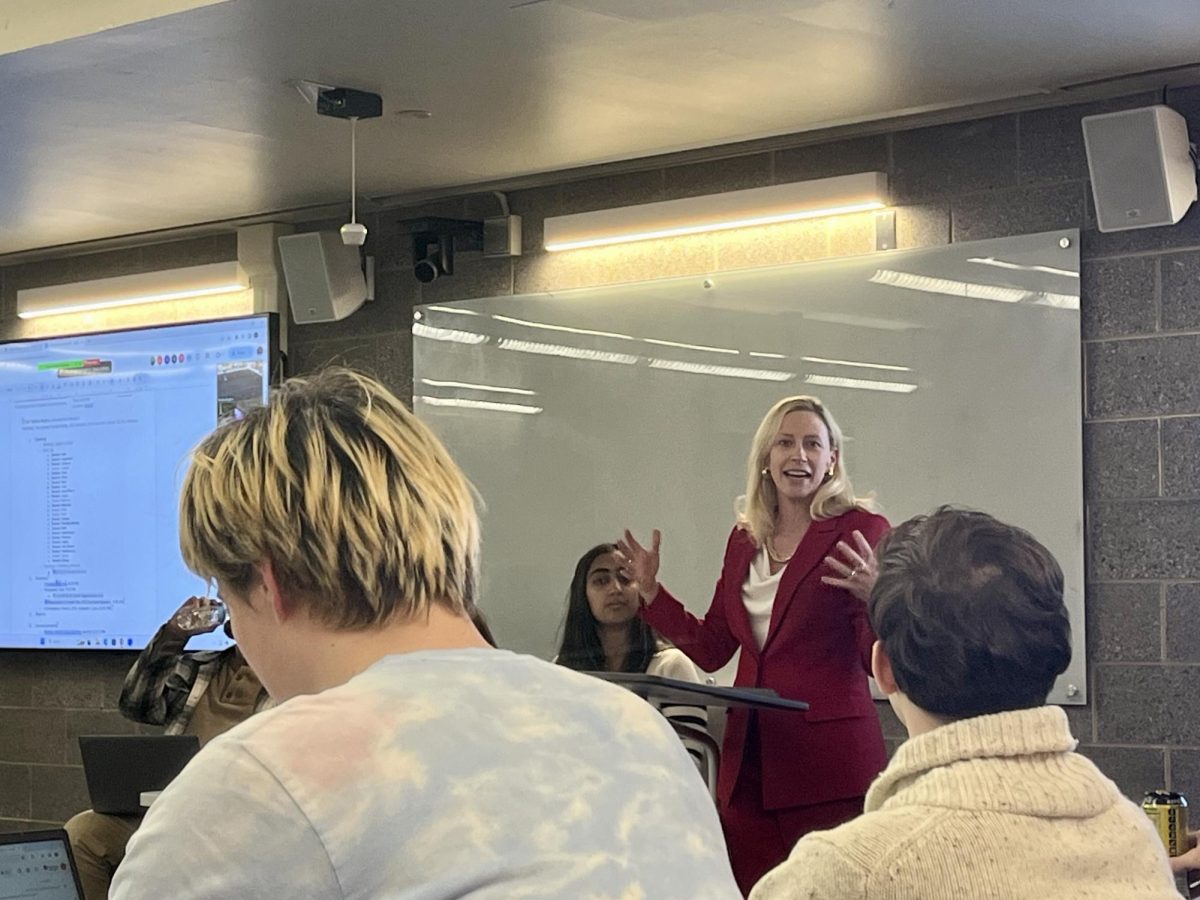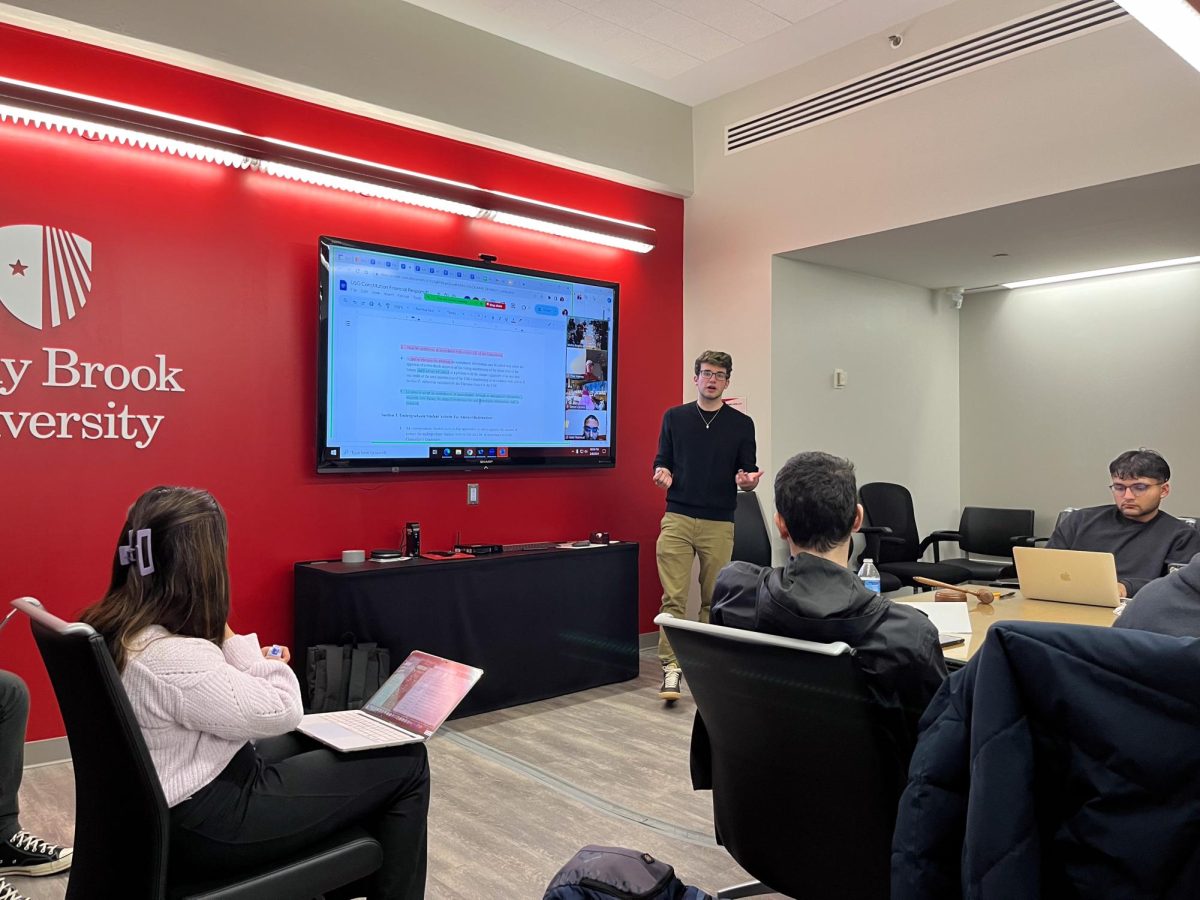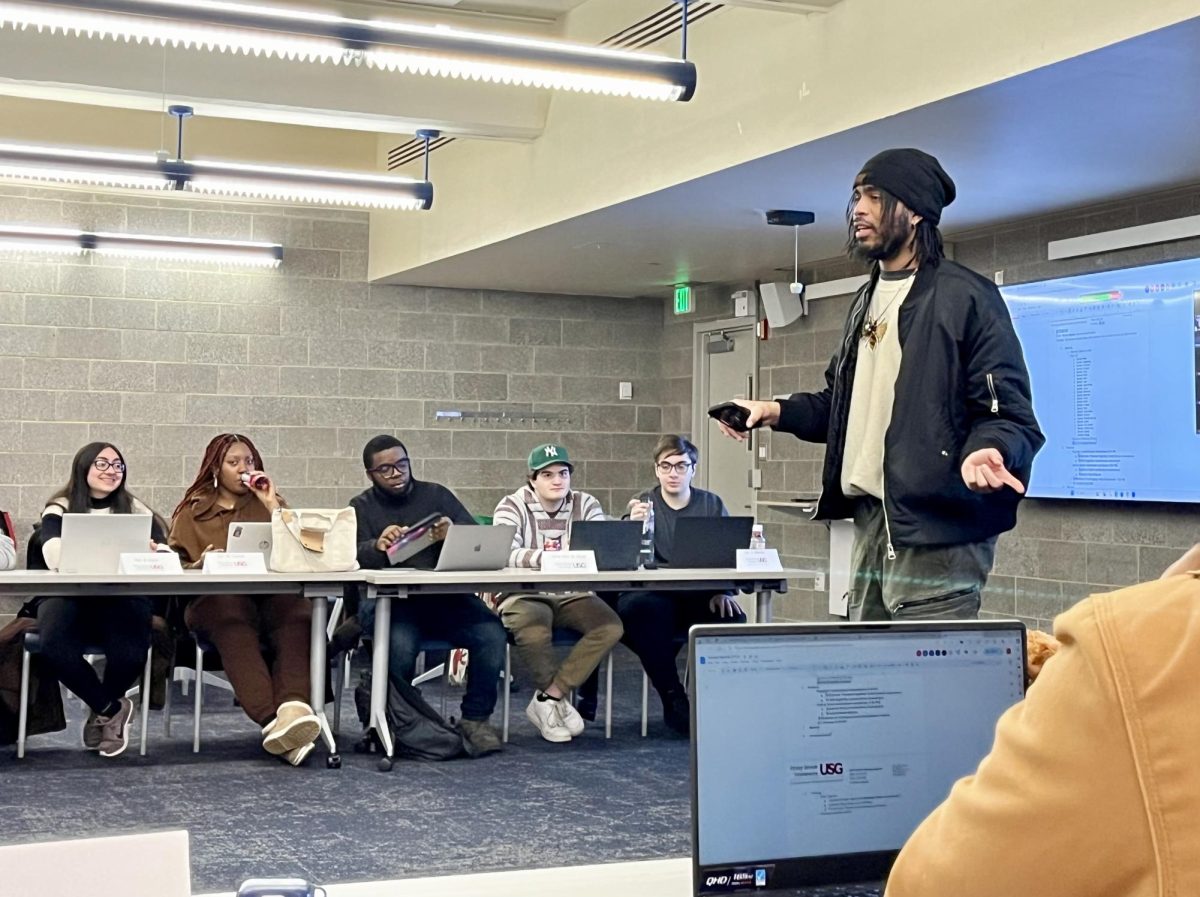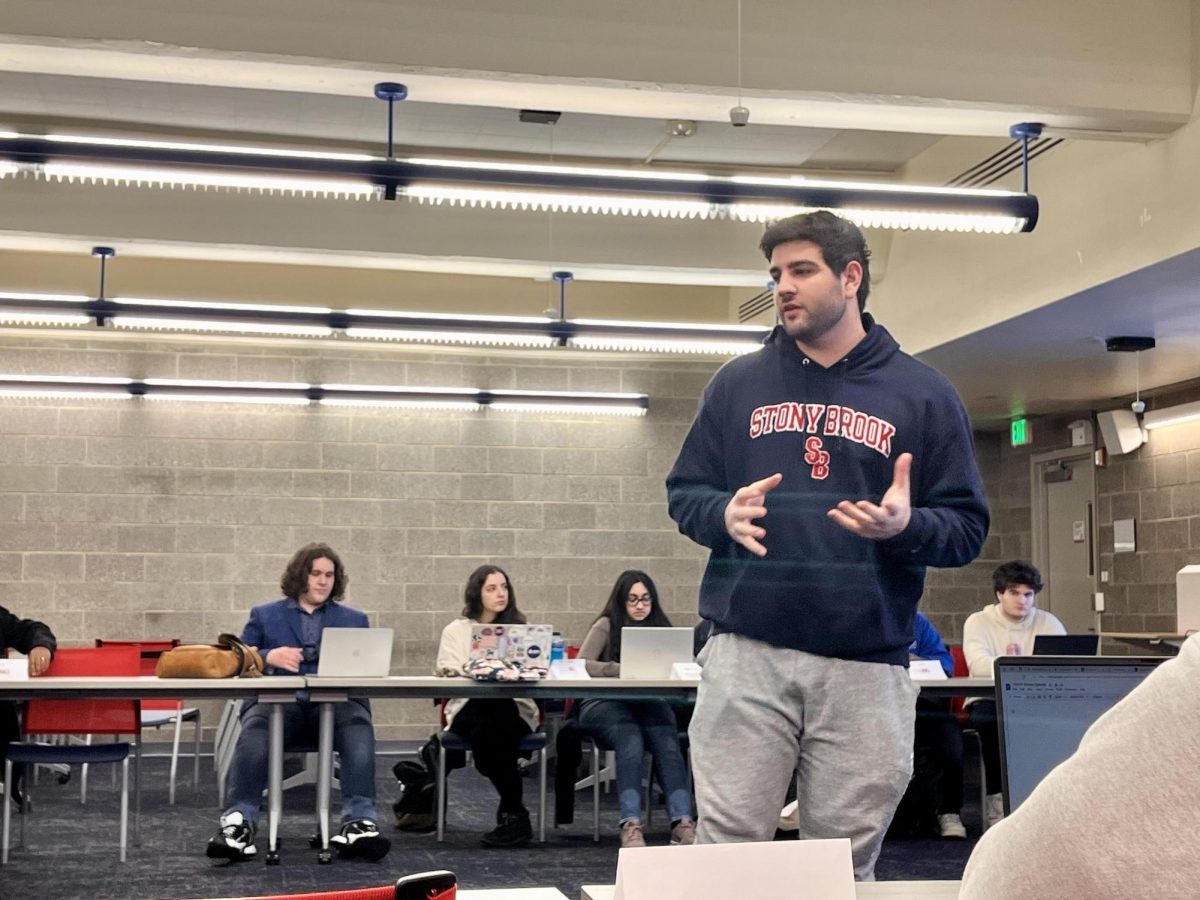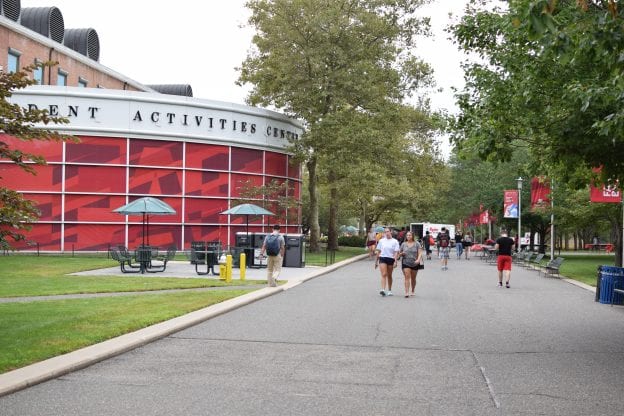
The Undergraduate Student Government (USG) is planning to give a partial refund of the student activity fee to Stony Brook students.
USG Treasurer, Adrian Ortega, said during a USG senate meeting on April 2 that the Executive Council (EC) collectively voted on a range of $25 to $30 for the refund.
“We have to reimburse 17,000 students,” he said. “That’s the high ceiling because there are also still part time students, and they have a scale, depending on their credit, and how much they pay, but we’re just gonna calculate full time students for now.”
The refund was calculated by the EC, with guidance from Interim Associate Dean of Students, Jeffrey Barnett, and Director of Student Engagement and Activities, Christine Marullo.
State University of New York (SUNY) Chancellor, Kristina Johnson, called for a refund of certain fees in a letter addressed to students on March 19.
“You will receive credits or refunds for the services you do that you do not use this semester, such as room, board, and activity fees,” Johnson said in the letter.
Ortega explained in an interview with The Statesman that USG receives its money in multiple payments.
“The student activity fee goes through the bursar first, and the bursar disperses the funds,” he said. “Students do have a time option payment plan as well, so the money doesn’t come in all at once, it comes in monthly payments.”
USG has an annual budget that ranges between $3.3 million to $3.4 million per year, according to USG President Shaheer Khan. So far this semester, the student government has received a little less than that — $3,042,458.02. They stopped receiving payments mid-semester when campus events were canceled for the rest of the spring semester.
“We assumed that we won’t be receiving any more revenue for the remaining ones, which means that our total wasn’t actually our total, so we subtracted the net amount from the total,” Ortega said during the interview.
USG has yet to use between $425,000 and $510,000 dollars in its budget, which they hope to allocate back to students.
“$425,000 is the low end and that’s if we give a 25 dollar refund,” Khan said. “If we give a 30 dollar refund, that’s from $510,000 dollars.”
In the same meeting on April 2, the USG senate voted and approved the proposed reimbursement range of $25 to $30 per student. The EC sent the approved proposal to university administration.
“We already sent the fee breakdowns and refund breakdown to administration,” Khan said. “They’re reviewing it, and then [they] have to have the refunds approved by SUNY Central.”
When calculating reimbursements, the EC had to calculate their expenses that still needed to be paid.
“We made sure that USG wasn’t spending any more money [and] we focused on our prior debts,” Khan said. “Before spring break, March 12, there were still purchases that clubs and organizations made that we still had to pay for.”
This includes refunding Alternative Spring Break Outreach (ASBO), a club that was supposed to go to Texas and build homes for Habitat for Humanity over spring break, but their flight was canceled because of the pandemic. Jet Blue, the airline the flights were booked on, only offered them flight credit.
“So what USG is doing is actually giving the dollar amount back to the students that were supposed to go on the trip,” Khan said. In turn, USG will take the flight credit from the students and keep it for future use.
USG also had to pay cancelation fees or collect deposits they had paid in advance for planned events such as discounted Broadway trips and the SUNY Student Assembly conference.
USG additionally still holds a contractual obligation to keep putting money towards their Memorandum of Understanding (MOU) on campus. These include the menstrual hygiene program, child care services, student affairs and the WUSB radio station, among others.
With all of that, USG still needs to leave room so they can operate — they still need to pay the salaries for students and staff who are working during the pandemic.
“We found that $25 to $30 is definitely like the most that we can give out to students … while still being able to sustain student government,” USG Chief of Staff, Carlos Cobo, said. “At the end of the day we still have to function so that students can voice their concerns. This is one of the points in a lot of students’ lives that voicing your concern is needed more than ever.”
After the reimbursement is given, USG will have about $290,000 left in their budget for the spring semester. They had to leave “wiggle room” for vendors who are still cashing in checks.
Ortega said that graduating seniors will receive their refund as cash or a check, and returning students will see it applied as a credit to their tuition for the next academic year.
In a letter sent out by Senior Vice President of Administration and Finance, Kathleen M. Byington, on April 24, students were told that they will receive credit for unused service fees in the next “eight to 10 business days.” This credit will directly go into student accounts, and an email will be sent out to those students when the transfer is completed.
A student activity referendum, which occurs every two years, will also be voted on during the upcoming USG elections in Fall 2020.
“It’s based on the SUNY Chancellor guidelines,” Khan said “It’s part of the guidelines that the students have to vote on whether or not they want to continue paying the students activity fee. If they vote no USG shuts down, and then no clubs and organizations are funded.”
Freshman Julia Brandenstein, a political science and psychology major, thinks that the fee is helpful to clubs on campus, but for other students it may not be.
“It’s more detrimental to the vast majority of students who don’t take part in clubs or organizations on campus who are now wasting almost $100 for what is to them an arbitrary fee,” she said.
However, Cobo said the fee is “essential” for students who do actively participate in clubs and organizations on campus.
“This has been like a point in their life where they have met some of their closest friends,” Cobo, who is also the events coordinator for the Commuter Student Association (CSA), said. “It’s more than just voting so that USG no longer is dispersing this student activities fee. It’s also voting no to a lot of the clubs and organizations that make Stony Brook very special for a lot of people.”
Sophomore health science major, Karyna Colyer, said that the fee seems fair to her but she doesn’t think that USG is transparent enough about the ways that they distribute the student activity fee.
“I think it would be more justified if they told students what the money went towards,” Colyer said. “I appreciate the sentiment of paying it all at once so you don’t have to pay for stuff through the semester but I think it should be optional for students otherwise a lot of people’s money basically just goes in the pocket of the university.”
The USG budget is available on their website.











